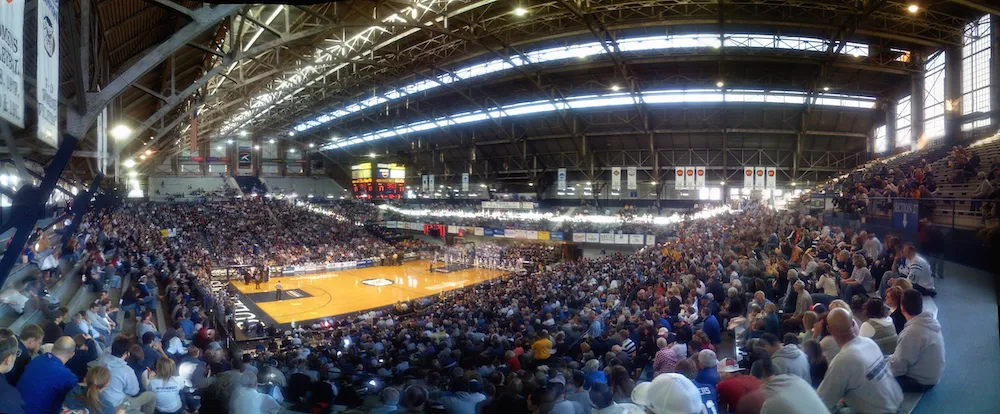Watching 360-degree content inside a VR headset can be an amazing experience, but only if the image is clear enough. The European Union wants to help with that.
The EU’s research and innovation program, Horizon 2020, is devoting a portion of its funding to a group of pioneering video companies and film festivals, including reelport, Spin Digital, Sunny Side of the Doc, Tampere Film Festival, Marche Du Film, and Sheffield Doc/Fest. Together, they’ll be developing new video compression technology and transcoding mechanisms to help get higher quality 360 footage into the hands of viewers.
The project is called DDD60 and its technical development is being handled by Spin Digital. As anyone with a VR headset will likely know, streaming 360-degree video can often be marred by blurry image quality thanks to compression that sacrifices clarity for speed of streaming. Downloading files, meanwhile, can be a big task thanks to the sheer amount of data panoramic video includes, which can slow the creation pipeline.
DDD60, then, wants to help make online viewing of 360 content a more viable business by improving the compression pipeline and decreasing the amount of data which needs to be sent over the Internet for online viewing.
Spin Digital, a company that develops video codecs for demanding new formats like 4K and 8K, will be working on the tool throughout 2017, with plans to share it with film and TV industry professional for partner events in 2018. That means you can expect to see better quality 360-degree videos at the festivals listed above where new installations showing off the latest experiences have become prominent features over the last few years.
“In this project we are targeting high quality VR video in 4K, 8K, and even 12K resolution,” Spin Digital CEO Mauricio Álvarez-Mesa told me over email. “We are considering two main techniques for reducing the size and improving the quality of VR videos.”
The first is to use the company’s own HEVC/H.265 optimized video encoder. “We have developed a video encoder that is specially suited for ultra-high resolution video,” Álvarez-Mesa said.
Spin Digital may also use “special 360 video projection formats…There are alternative projection methods that have been proposed in recent research that result in better quality/compression for 360 video (compared to the traditional equirectangular format). We are evaluating these projection methods, and in this project we will implement and optimize the best ones for 360 film type of content.”


























